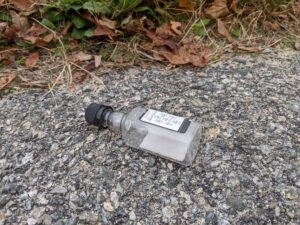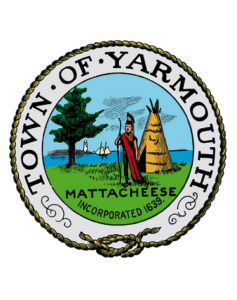 HYANNIS – Three major sources of allergens leave many Cape Codders sniffing, sneezing and reaching for tissues during the early fall months, says Paul Sklarew, MD, of the Allergy & Asthma Centers of Cape Cod.
HYANNIS – Three major sources of allergens leave many Cape Codders sniffing, sneezing and reaching for tissues during the early fall months, says Paul Sklarew, MD, of the Allergy & Asthma Centers of Cape Cod.
Those of us who’ve been keeping the tissues handy might wonder if this year is worse than usual. But Dr. Sklarew says “patient complaints about fall allergies don’t vary much from year to year.”
The big three fall nose-ticklers:
1. Weed pollen. It starts in mid-August and runs through the first frost, Dr. Sklarew says.
- Alternaria and Cladosporium. These two outdoor molds proliferate during humid weather, rising in June and July and peaking in September and October. The molds occur naturally in soil, compost piles and on fallen leaves.
- Dust mites. The most common allergy in the world, dust mites are year-round but grow in humid weather. “If you’re highly allergic, you might have symptoms year-round,” Dr. Sklarew says. “If you’re not that allergic, you might just have a reaction at some point in the fall or winter, especially when you first turn the heat on.”
So are those allergies, or do you just have a cold?
“It’s hard to know sometimes,” says Dr. Sklarew. “Both can cause sneezing, a runny nose and an itchy nose. Colds tend to have more congestion, a sore throat or muscle aches. Allergy reactions are sneezing and itchy eyes, but without muscle aches or sore throat.”
For many people, the first response to an allergy attack is to reach for an over-the-counter antihistamine, including popular brands like Allegra, Claritin and Zyrtec.
“Taking one a day starting in mid-August can be helpful for people with severe fall allergies,” Dr. Sklarew advises. “Otherwise just take one as needed.”
But there’s a better option. “Antihistamines are just antihistamines,” he said. “Nasal steroid sprays have a much broader anti-allergy effect.”
Every study ranks nasal steroid sprays, such as Flonase and Nasacort, above antihistamines, Dr. Sklarew says. “You see them advertised on TV, and they’re now over-the-counter. They should be used every day during the season. If you’re trying to avoid allergy shots, two to four weeks of spray may give you the relief you need.”
If you’ve tried antihistamines and nasal steroid sprays during the fall without much relief, you should see an allergist to identify your allergies.
Prescription options include subcutaneous immunotherapy, also known as allergy shots. “These have been around for 100 years, and some of the major studies were done using ragweed.”
Another option is sublingual immunotherapy. “Instead of weekly or monthly shots, you take a daily tablet,” Dr. Sklarew says.
“The tablet, which debuted last spring, is available only for grass pollen and ragweed pollen. If your fall allergies are just ragweed, it’s a good option.”
Whatever you do, Dr. Sklarew says, don’t try to tough it out.
“Allergies are a quality-of-life issue,” he says. “In the old days, the medications didn’t work as well or they made you sleepy. Now they are longer lasting and less sedating.
“With one treatment or a combination of treatments, people shouldn’t have to suffer in the fall.”

























I appreciate everything that you mentioned Thanks for sharing